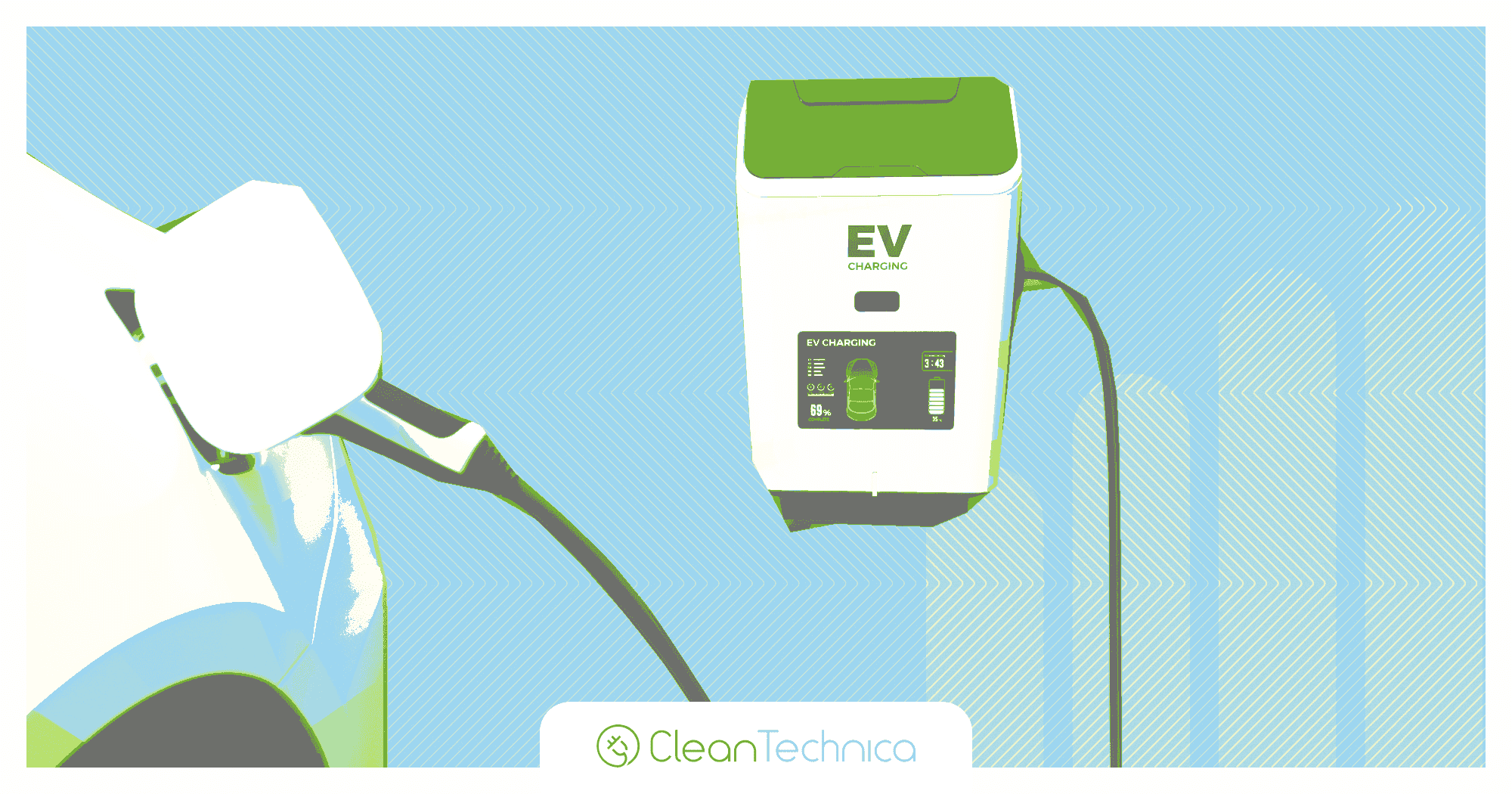Sign up for daily news updates from CleanTechnica on email. Or follow us on Google News!
Finding is a step on the way to solid-state batteries
Two factors dominate the development of batteries for electric vehicles: power, which determines the vehicle range; and cost, critical in the competition with internal combustion engines. The targets set by the U.S. Department of Energy to accelerate the transition from gasoline-powered vehicles to electric vehicles cannot be achieved with conventional lithium-ion batteries because of their limited storage capacity and relatively high production cost.
A promising approach to making smaller, lighter, more powerful and safer batteries is to use solid-state cells with anodes made of metallic lithium instead of graphite. A research team led by Jennifer Rupp at the Massachusetts Institute of Technology and the Technical University of Munich has developed such a new synthetic process. The process is based not on a ceramic precursor compound but on a liquid one. Results of the research are published in the journal Angewandte Chemie.
The characterization of the lithium oxide crystallization process was supported by the U.S. National Science Foundation through the National Nanotechnology Coordinated Infrastructure Network.
A lithium ceramic could act as a solid electrolyte in a more powerful and cost-efficient generation of rechargeable lithium-ion batteries. In contrast to conventional lithium-ion batteries, which have liquid organic electrolytes and use a polymer film, all components of a solid-state battery are solids. A thin ceramic layer simultaneously functions as a solid electrolyte and separator. It is effective, the researchers say, against both the dangerous short circuits caused by the growth of lithium dendrites and thermal runaway. In addition, it contains no easily ignited liquids.
Research areas
News courtesy of the National Science Foundation.
Have a tip for CleanTechnica? Want to advertise? Want to suggest a guest for our CleanTech Talk podcast? Contact us here.
Our Latest EVObsession Video
https://www.youtube.com/watch?v=videoseries
I don’t like paywalls. You don’t like paywalls. Who likes paywalls? Here at CleanTechnica, we implemented a limited paywall for a while, but it always felt wrong — and it was always tough to decide what we should put behind there. In theory, your most exclusive and best content goes behind a paywall. But then fewer people read it!! So, we’ve decided to completely nix paywalls here at CleanTechnica. But…
Thank you!
CleanTechnica uses affiliate links. See our policy here.

